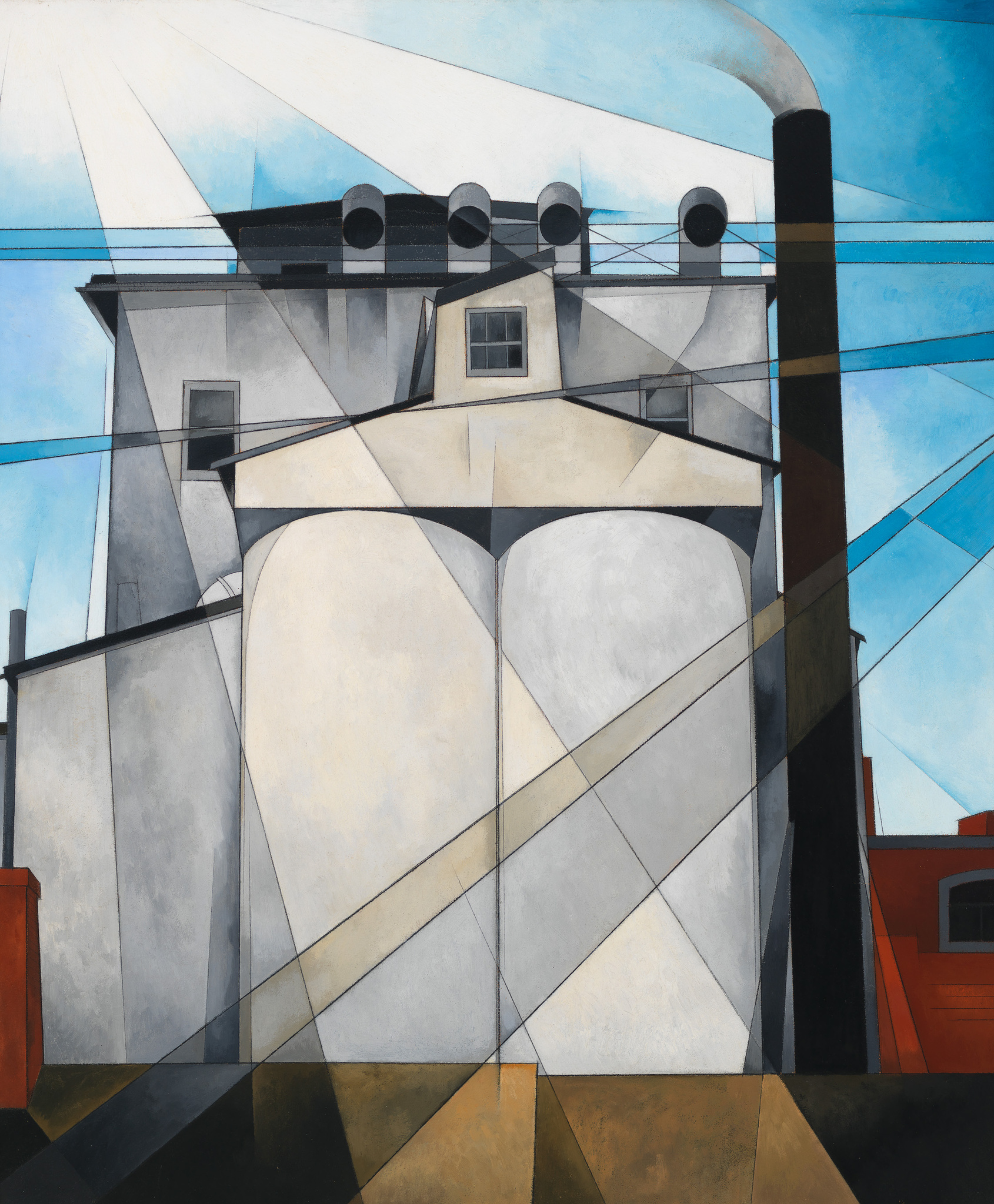My Egypt depicts a steel and concrete grain elevator belonging to John W. Eshelman & Sons in Charles Demuth’s hometown of Lancaster, Pennsylvania. Painted from a low vantage point, the structure assumes a monumentality emphasized by the inclusion of the lower rooftops of neighboring buildings (suggesting the more traditional architecture of smaller family farms) at the bottom of the painting. In Demuth’s image, the majestic grain elevator rises up as the pinnacle of American achievement—a modern day equivalent to the monuments of ancient Egypt. A series of intersecting diagonal planes add geometric dynamism add a heavenly radiance to the composition, invoking the correlations between industry and religion that were widespread in the 1920s. Nonetheless, Demuth may have intended the title to allude to the slave labor that built the pyramids, intimating the dehumanizing effect of industry on the nation’s workers. Moreover, the pyramids and their association with life after death might also have appealed to the ailing artist, who was bedridden with diabetes at the time of the painting’s execution.
On view
Floor 7
Date
1927
Classification
Paintings
Medium
Oil, fabricated chalk, and graphite pencil on composition board
Dimensions
Overall: 35 15/16 × 30in. (91.3 × 76.2 cm)
Accession number
31.172
Credit line
Whitney Museum of American Art, New York; purchase, with funds from Gertrude Vanderbilt Whitney
Rights and reproductions
© artist or artist's estate
Audio
-
Charles Demuth, My Egypt, 1927
In Where We Are (Kids, Spanish)
0:00
Charles Demuth, My Egypt, 1927
0:00
Narrador: Este edificio no es un tema usual para una pintura. Es una estructura sencilla de apariencia industrial. El pintor Charles Demuth llenó el lienzo con líneas diagonales dinámicas que se entrecruzan para lograr que la pintura fuera más emocionante. Hizo algo similar con los colores. Empezó con unos cuantos, pero los volvió más interesantes al experimentar con distintas cantidades de luz y oscuridad en las formas de toda la pintura.
Pero, ¿qué clase de edificio es este? Se llama elevador de granos. A principios del siglo XX, las granjas familiares comenzaron a sustituirse por operaciones de mayor escala. Los trenes podían transportar toneladas y toneladas de grano, así es que los granjeros necesitaron sitios de almacenamiento más nuevos y modernos. Fue entonces cuando surgió el elevador de granos, y los graneros tomaron la apariencia de fábricas. Este elevador estaba en Lancaster, Pennsylvania, donde el artista nació. El edificio está ligeramente inclinado hacia atrás, para dar la sensación de que estamos viendo algo enorme. Al titular la pieza con el nombre de My Egypt, Charles Demuth nos informa que este edificio es tan importante para él como las grandes pirámides de Egipto.
-
0:00
Charles Demuth, My Egypt, 1927
0:00
Adam Weinberg: Enormous concrete grain elevators loom at the center of this painting by Charles Demuth.
At the right, we see an almost elegant-looking smokestack—its plume of smoke barely discolors the clear blue sky. At the bottom left, a small chimney suggests rooftops of buildings dwarfed by the concrete structure behind them—as if the giant silos are actually pushing the older structures right off the edge of the canvas.
What does the presentation of these grain elevators tell us about the ideology behind them? The image is oddly sterile—painted in a precise, machine-like way. The surface of this painting is so pristine, you can hardly find a single brushstroke. It almost looks like a photograph. Rays of light bifurcating the canvas spotlight the building, but the light is cold, almost harsh. The painting’s title provides another clue—it’s called My Egypt. The title and the monumentality of these grain elevators suggest that Demuth is placing the architecture of American industry on par with the great monuments of the past, like the pyramids of ancient Egypt. In this painting we can see both the optimism and the anxiety of the period.
-
Charles Demuth, My Egypt, 1927
In The Whitney's Collection: Selections from 1900 to 1965 and Where We Are (Spanish)
0:00
Charles Demuth, My Egypt, 1927
0:00
Adam Weinberg: Enormes elevadores de grano de hormigón se elevan en el centro de esta pintura de Charles Demuth.
Narrador: Adam Weinberg es Director Alice Pratt Brown del Whitney Museum.
Adam Weinberg: A la derecha se observa una chimenea casi elegante; la columna de humo que emana de ella apenas tiñe el cielo azul y despejado. En el extremo inferior izquierdo, una chimenea pequeña sugiere la presencia de techos de edificios empequeñecidos por la estructura de hormigón que se erige detrás de ellos, como si los silos gigantes empujaran a las estructuras más antiguas hasta el borde del lienzo.
¿Qué nos dice la representación de estos elevadores de granos acerca de la ideología que los sustentan? La imagen, extrañamente estéril, está pintada con una precisión semejante a la de una máquina. La superficie de la pintura es tan prístina que apenas se vislumbra alguna pincelada. Tiene una calidad casi fotográfica. Los rayos de luz que dividen el lienzo ponen de relieve el edificio, pero la luz es fría, casi hostil. El título de la pintura proporciona otra pista: se llama My Egypt. Tanto el título como la monumentalidad de estos elevadores de grano sugieren que Demuth equiparó la arquitectura de la industria estadounidense con los grandes monumentos del pasado, como las pirámides del Antiguo Egipto. En esta pintura podemos apreciar tanto el optimismo como la ansiedad característicos de este periodo.
-
0:00
Charles Demuth, My Egypt, 1927
0:00
Narrator: Adam Weinberg on Charles Demuth’s My Egypt.
Adam Weinberg: Enormous concrete grain elevators loom at the center of this painting by Charles Demuth. At the right, we see an almost elegant-looking smokestack—its plume of smoke barely discolors the clear blue sky. At the bottom left, a small chimney suggests rooftops of buildings dwarfed by the concrete structure behind them—as if the giant silos are actually pushing the older structures right off the edge of the canvas. What does the presentation of these grain elevators tell us about the ideology behind them? The image is oddly sterile—painted in a precise, machine-like way. The surface of this painting is so pristine, you can hardly find a single brushstroke. It almost looks like a photograph. Rays of light bifurcating the canvas spotlight the building, but the light is cold, almost harsh. The painting’s title provides another clue—it’s called My Egypt. The title and the monumentality of these grain elevators suggest that Demuth is placing the architecture of American industry on par with the great monuments of the past, like the pyramids of ancient Egypt. In this painting we can see both the optimism and the anxiety of the period.
-
0:00
Charles Demuth, My Egypt, 1927
0:00
Narrator: This building is an unusual subject for a painting. It’s a plain, industrial looking structure. The painter Charles Demuth filled the canvas with dynamic criss-crossing diagonal lines to make it more exciting to look at. He did something similar with the colors. He started with just a few, but made them more interesting by experimenting with different amounts of lightness and darkness in shapes throughout the painting.
But what kind of building is this? It’s called a grain elevator. In the early 1900s, the family farm began to be replaced by larger scale operations. Trains could move tons and tons of grain, so farmers needed new, modern storage sites. And so the grain elevator came about—and it was more like a factory than a barn. This one was in Lancaster, Pennsylvania, where the artist was born. The building is tipped back slightly, to give the feeling that we are looking up at something huge. By naming the piece My Egypt Charles Demuth lets us know that this building is as important to him as the great Egyptian pyramids.
-
Charles Demuth, My Egypt, 1927
In Where We Are and Human Interest (Kids)
0:00
Charles Demuth, My Egypt, 1927
0:00
Narrator: This building is an unusual subject for a painting. It’s a plain, industrial looking structure. The painter Charles Demuth filled the canvas with dynamic criss-crossing diagonal lines to make it more exciting to look at. He did something similar with the colors. He started with just a few, but made them more interesting by experimenting with different amounts of lightness and darkness in shapes throughout the painting.
But what kind of building is this? It’s called a grain elevator. In the early 1900s, the family farm began to be replaced by larger scale operations. Trains could move tons and tons of grain, so farmers needed new, modern storage sites. And so the grain elevator came about—and it was more like a factory than a barn. This one was in Lancaster, Pennsylvania, where the artist was born. The building is tipped back slightly, to give the feeling that we are looking up at something huge. By naming the piece “My Egypt” Charles Demuth lets us know that this building is as important to him as the great Egyptian pyramids. -
0:00
Charles Demuth, My Egypt, 1927
0:00
Narrator: Adam Weinberg is Alice Pratt Brown Director of the Whitney Museum.
Adam Weinberg: Enormous concrete grain elevators loom at the center of this painting by Charles Demuth. At the right, we see an almost elegant-looking smokestack—its plume of smoke barely discolors the clear blue sky. At the bottom left, a small chimney suggests rooftops of buildings dwarfed by the concrete structure behind them—as if the giant silos are actually pushing the older structures right off the edge of the canvas.
What does the presentation of these grain elevators tell us about the ideology behind them? The image is oddly sterile—painted in a precise, machine-like way. The surface of this painting is so pristine, you can hardly find a single brushstroke. It almost looks like a photograph. Rays of light bifurcating the canvas spotlight the building, but the light is cold, almost harsh. The painting’s title provides another clue—it’s called My Egypt. The title and the monumentality of these grain elevators suggest that Demuth is placing the architecture of American industry on par with the great monuments of the past, like the pyramids of ancient Egypt.
In this painting we can see both the optimism and the anxiety of the period.
Exhibitions
-

The Whitney’s Collection: Selections from 1900 to 1965
June 28, 2019–May 1, 2025
-
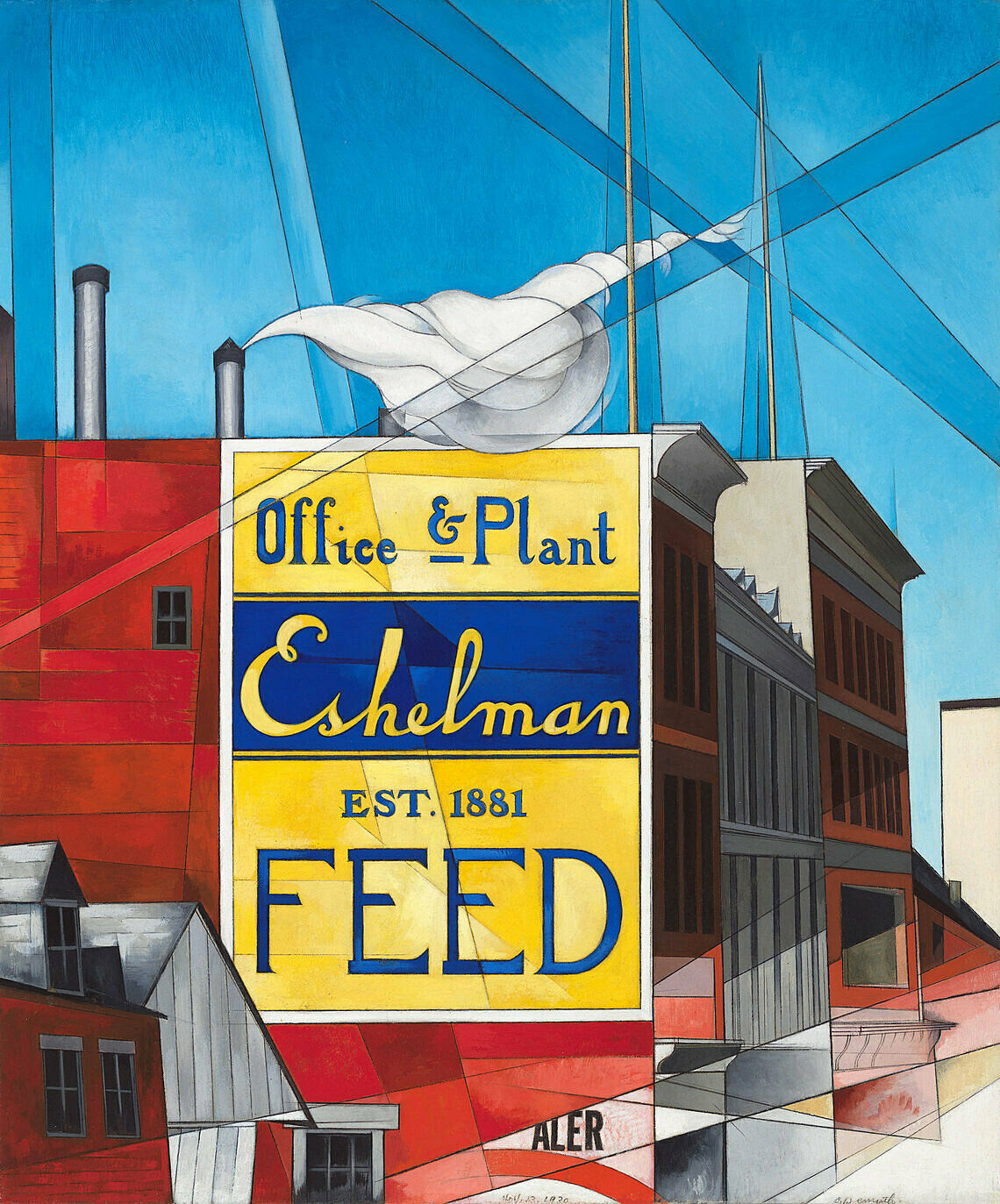
Where We Are: Selections from the Whitney’s Collection, 1900–1960
Apr 28, 2017–June 2, 2019
-

Human Interest: Portraits from the Whitney’s Collection
Apr 2, 2016–Apr 2, 2017
-

The Whitney's Collection
Sept 28, 2015–Apr 4, 2016
-

America Is Hard to See
May 1–Sept 27, 2015
-
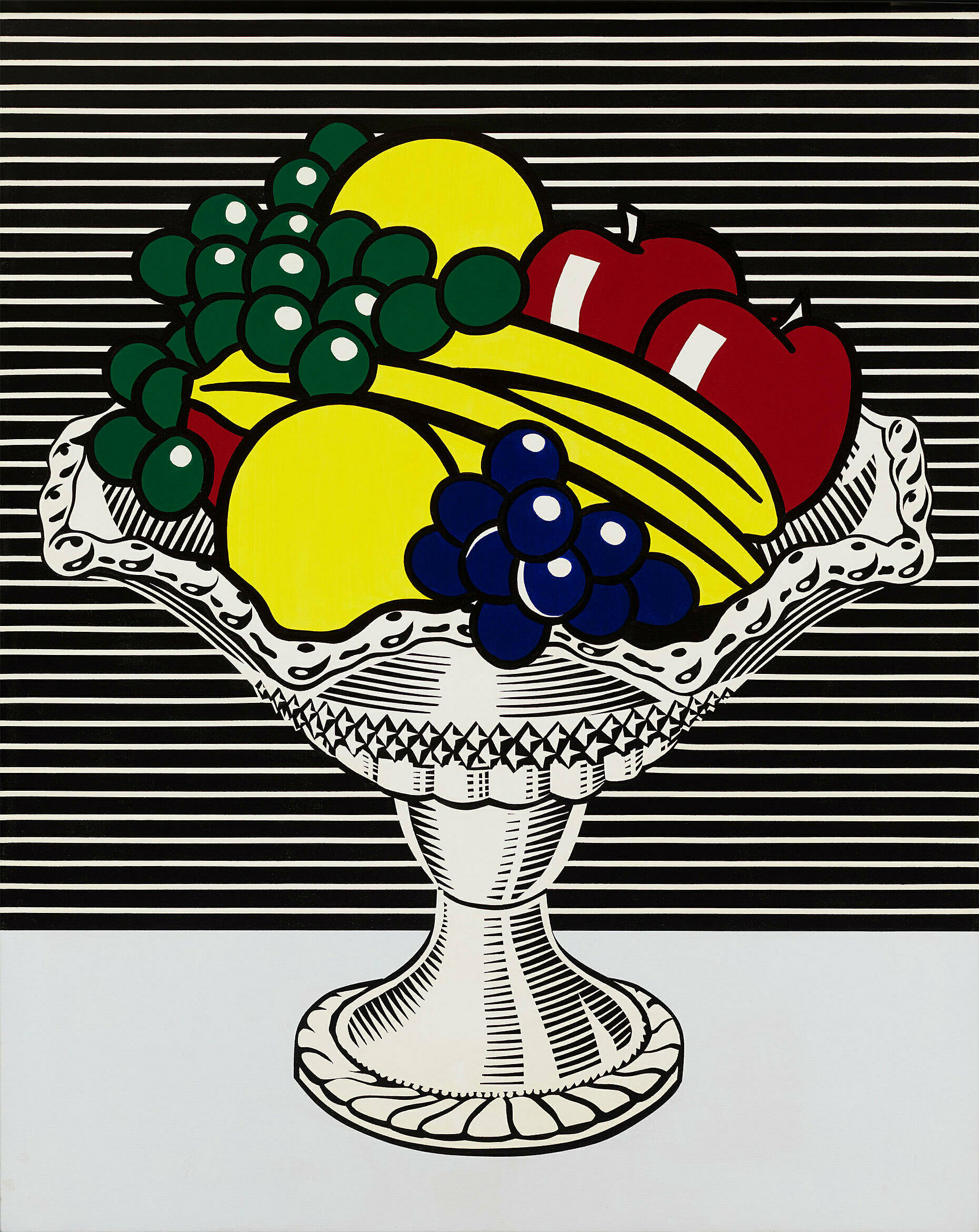
American Legends: From Calder to O’Keeffe
Dec 22, 2012–June 29, 2014
-
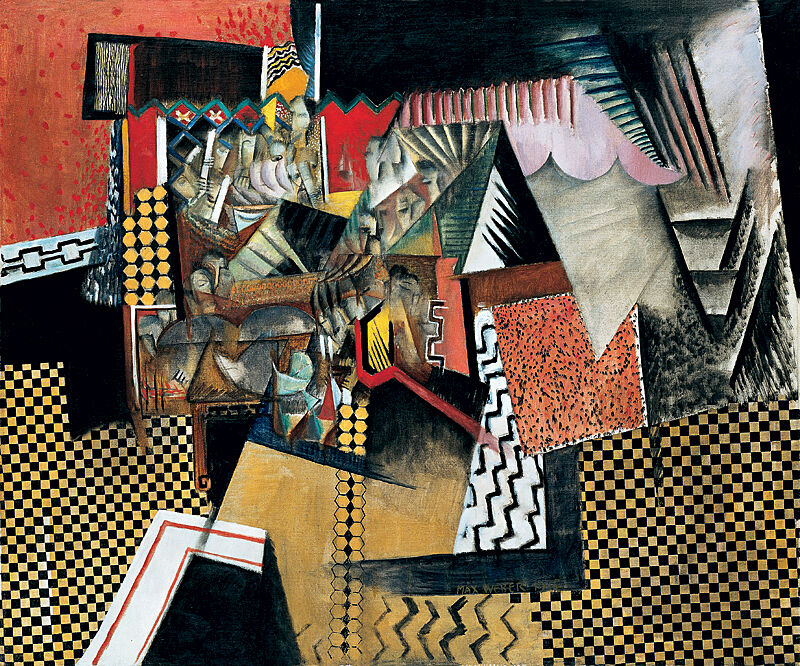
Breaking Ground: The Whitney’s Founding Collection
Apr 28–Sept 18, 2011
-
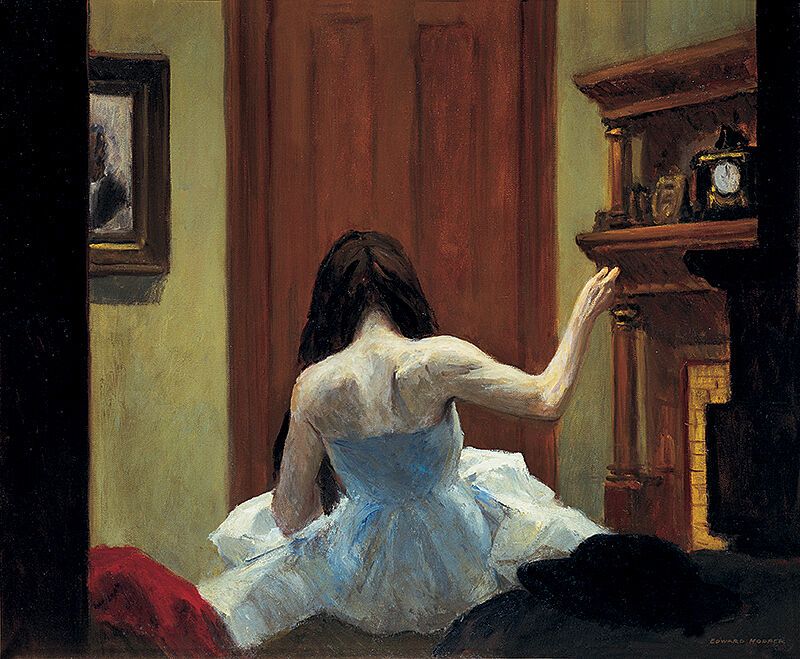
Modern Life: Edward Hopper and His Time
Oct 28, 2010–Apr 10, 2011
-
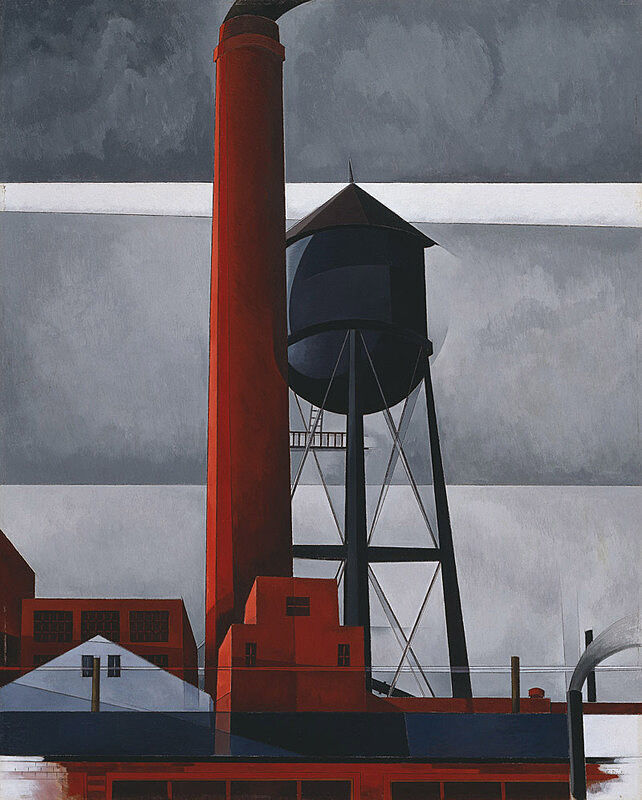
Chimneys and Towers:
Charles Demuth’s Late Paintings of LancasterFeb 23–Apr 27, 2008
-

The Whitney’s Collection
Jan 30, 2008–Jan 3, 2010
-
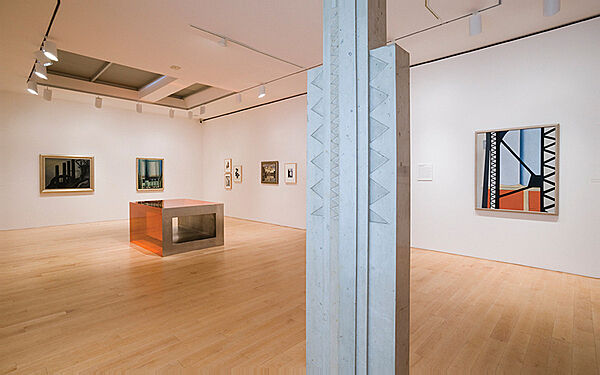
Modernisms
Aug 29, 2007–Jan 13, 2008
-

Full House: Views of the Whitney’s Collection at 75
June 29–Sept 3, 2006
-
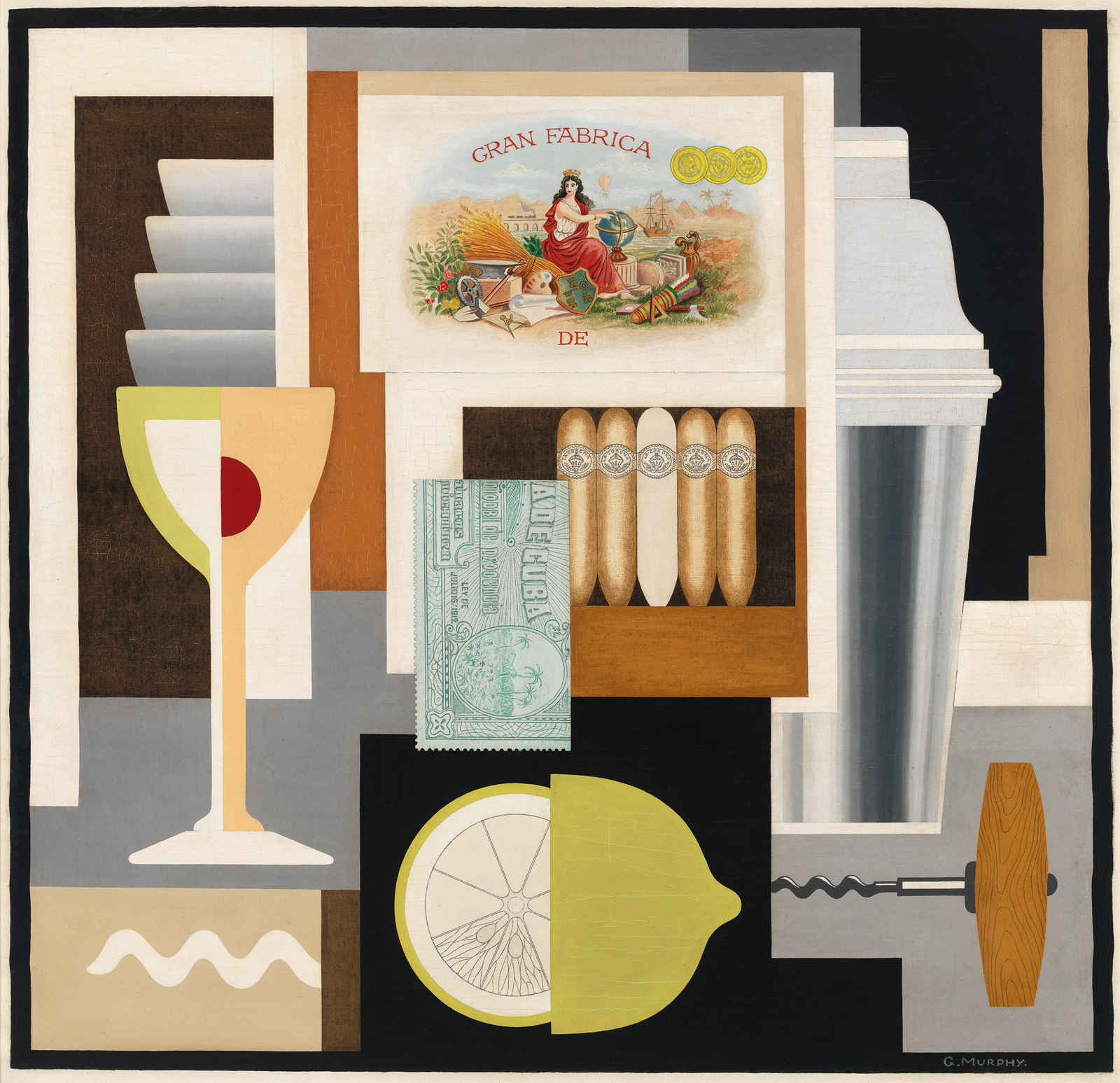
Highlights from the Permanent Collection: From Hopper to Mid-Century
Feb 25, 2000–May 20, 2006
Installation photography
-
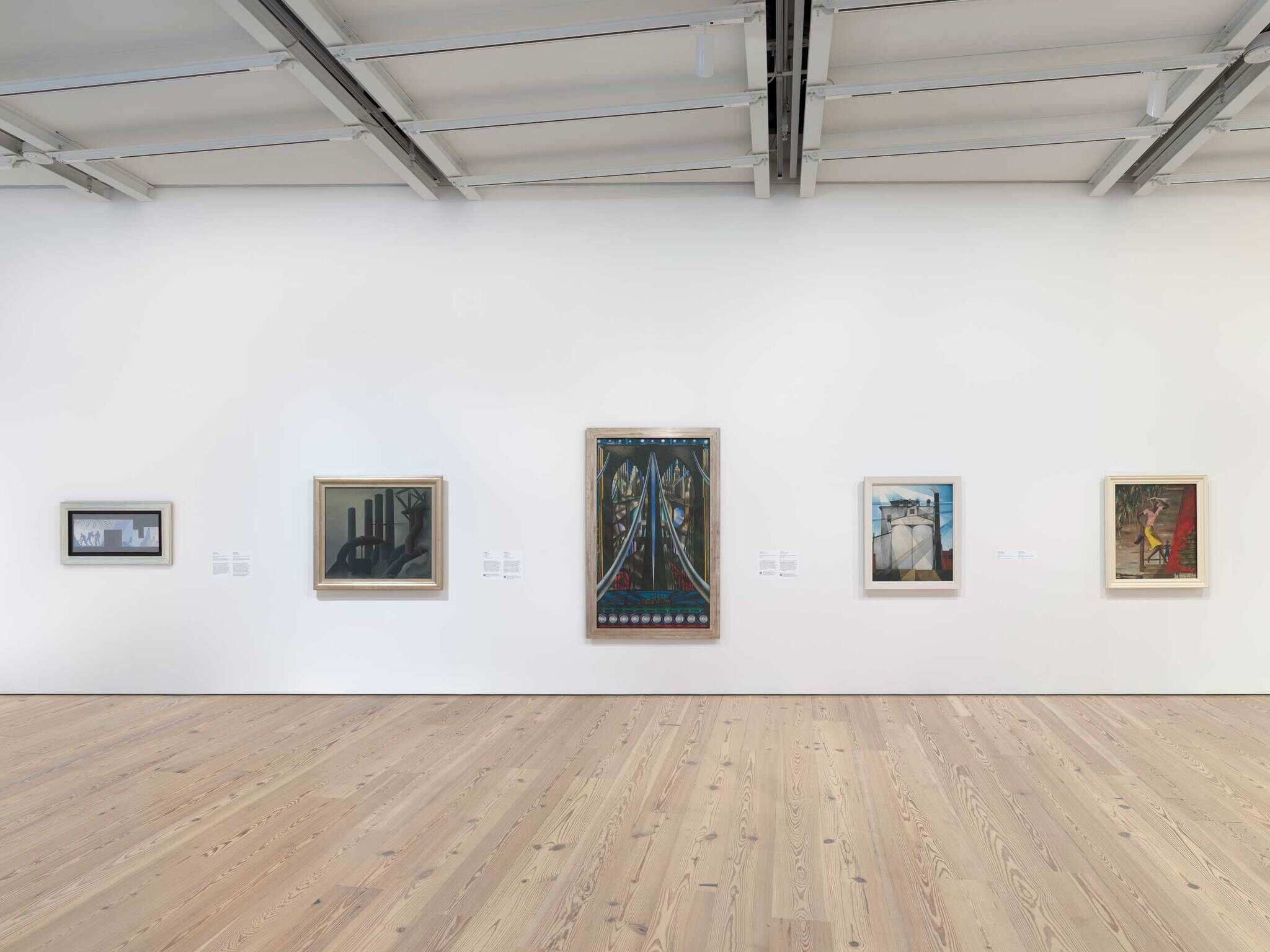

Installation view of “Untitled” (America) (Whitney Museum of American Art, New York, July 5, 2025-). From left to right: Aaron Douglas, Mural Study for Cravath Hall, Fisk University, 1929; Elsie Driggs, Pittsburgh, 1927; Joseph Stella, The Brooklyn Bridge: Variation on an Old Theme, 1939; Charles Demuth, My Egypt, 1927; Eldzier Cortor, Day Clean, c.1945–46. Photograph by Ron Amstutz
From the exhibition “Untitled” (America)
-
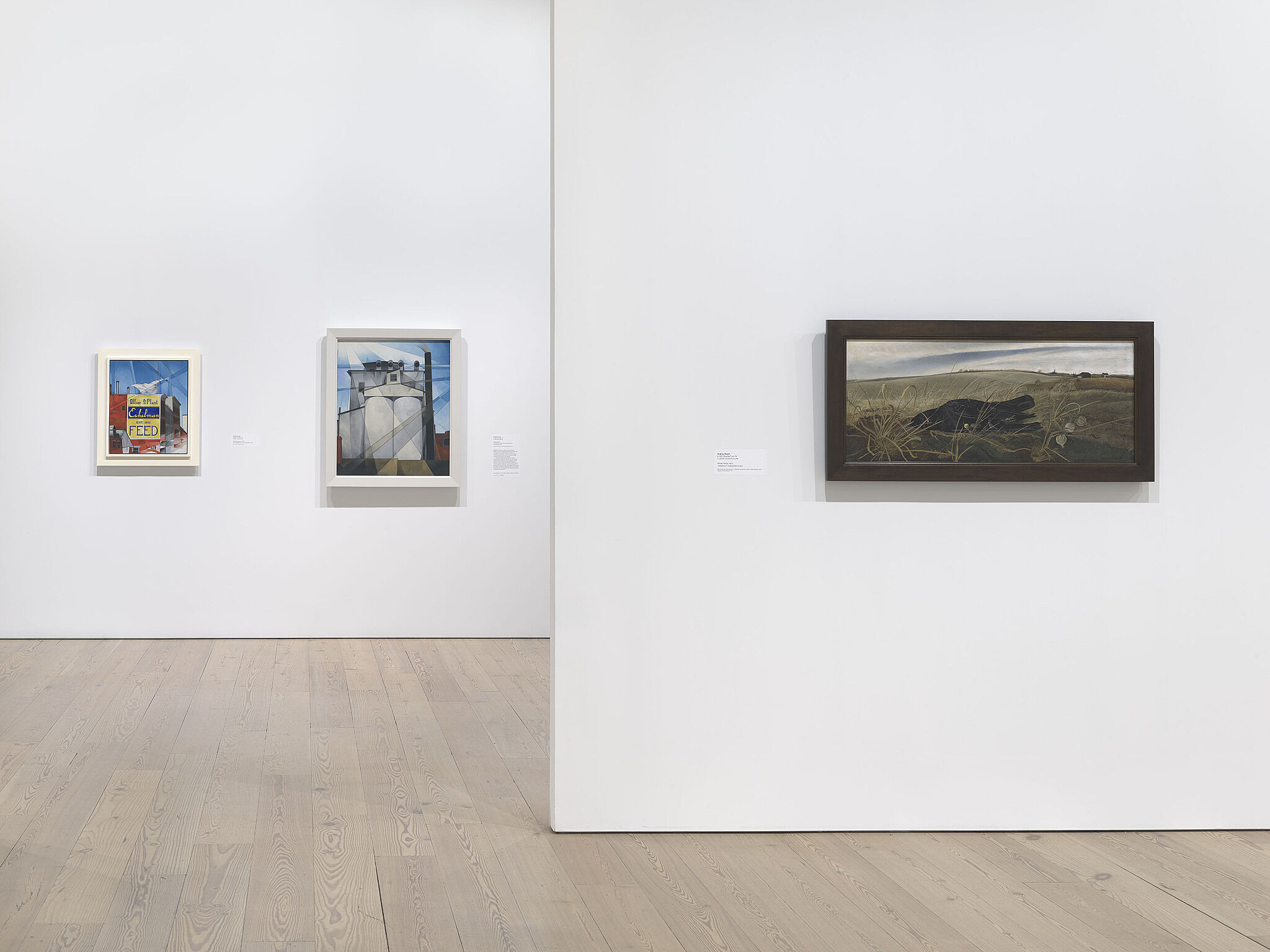

Installation view of The Whitney’s Collection: Selections from 1900 to 1965 (Whitney Museum of American Art, New York, June 28, 2019- ). From left to right: Charles Demuth, Buildings, Lancaster, 1930; Charles Demuth, My Egypt, 1927; Andrew Wyeth, Winter Fields, 1942. Photograph by Ron Amstutz
From the exhibition The Whitney’s Collection: Selections from 1900 to 1965
-
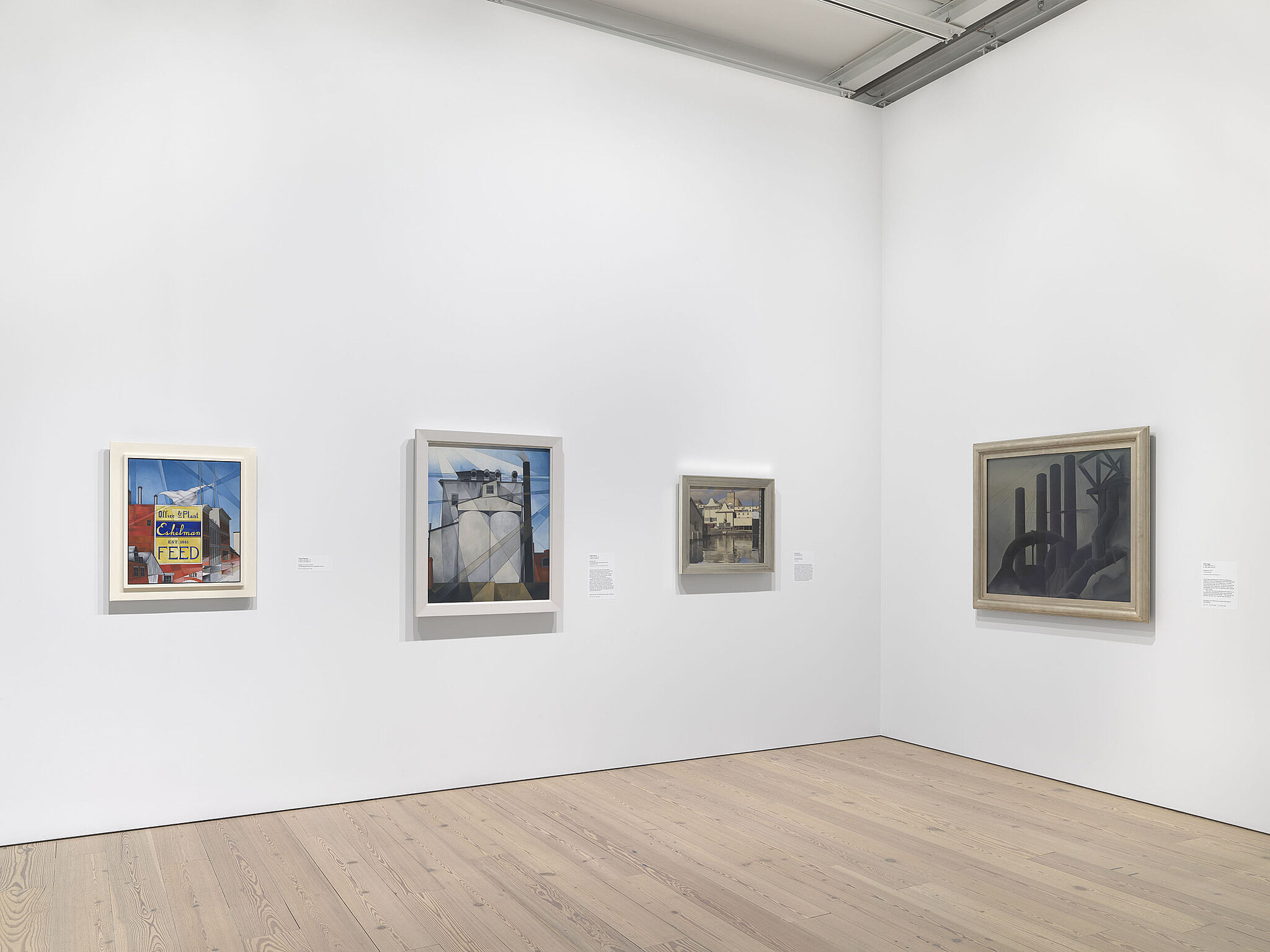

Installation view of The Whitney’s Collection: Selections from 1900 to 1965 (Whitney Museum of American Art, New York, June 28, 2019- ). From left to right: Charles Demuth, Buildings, Lancaster, 1930; Charles Demuth, My Egypt, 1927; Charles Sheeler, River Rouge Plant, 1932; Elsie Driggs, Pittsburgh, 1927. Photograph by Ron Amstutz
From the exhibition The Whitney’s Collection: Selections from 1900 to 1965

